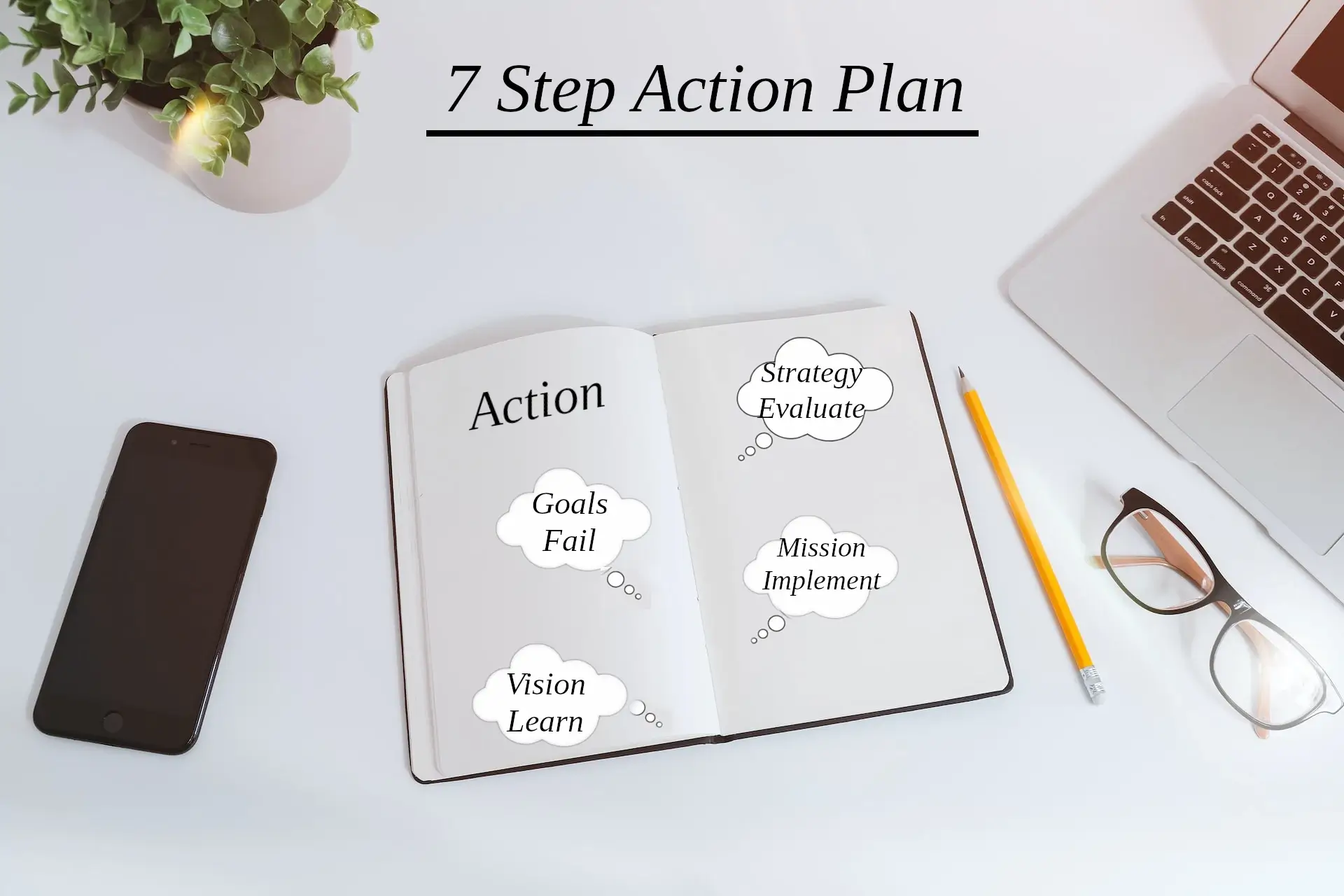Advocacy Awareness For Everyday People

7 Steps To Ensure Your Advocacy Awareness Approach Works
The first step for a successful advocacy plan approach is to identify and research the problem. Before you can start advocating for a particular issue, you need to understand what it is and the scope of the problem. Gather information on the issue from reliable sources, such as reports from research institutions, government agencies, and independent organizations. Next you must determine your target audience. Who are the people that your advocacy is most relevant for? Knowing who is most likely to be affected by the issue and who can help to create meaningful change is key to developing an effective advocacy awareness plan.
Developing Your Strategy & Message Are Key Steps
Once you have identified your target audience, you need to develop an advocacy awareness strategy to reach them. This third step may involve creating a website or social media accounts, organizing events, or engaging with the media. A point worth mentioning, your community involvement will be a reflection of how much your cause means to you. As part of your strategy, you will need to create a message that clearly communicates the issue and your position on it. This is your fourth step and should be concise, factually accurate, and emotionally resonant. It's important to realize, in order to be motivating others, your message must be relevant, accurate, and credible.
From Research to Action: Crafting an Effective Advocacy Plan
Your fifth step involves taking action, while your sixth step involves tracking your progress. So what does this action look like? Connect with your local legislators and advocate for your cause by writing letters, making phone calls, or attending town halls. Your action plan may include organizing peaceful protests or rallies to bring attention to your cause and show support for it. Engaging with the media by writing op-eds in local newspapers, contacting radio and TV stations are actions that help spread the word. As you take action, it's important to track your progress. In brief, track how many people were reached by your message, how many times it was shared, and how many people took action as a result.
The Upward Spiral of Life: Evaluate & Adjust
In conclusion, your final and seventh step is the important evaluation of your advocacy awareness efforts. Determine what worked and what didn't. Based on your findings, you may need to adjust your strategy or message to better reach your target audience. Learn, implement, fail, and evaluate is a key take-way I discovered in an excellent a read "The Seven Levels of Communication". In essence, that's life explained in a way that conveys failure as our best strategic learning tool. Overall, by understanding what failed in your strategy you will implement a better one reaching a new level. So when your advocacy awareness efforts don't meet your expectations, remember to evaluate and continue the upward spiral of life.

